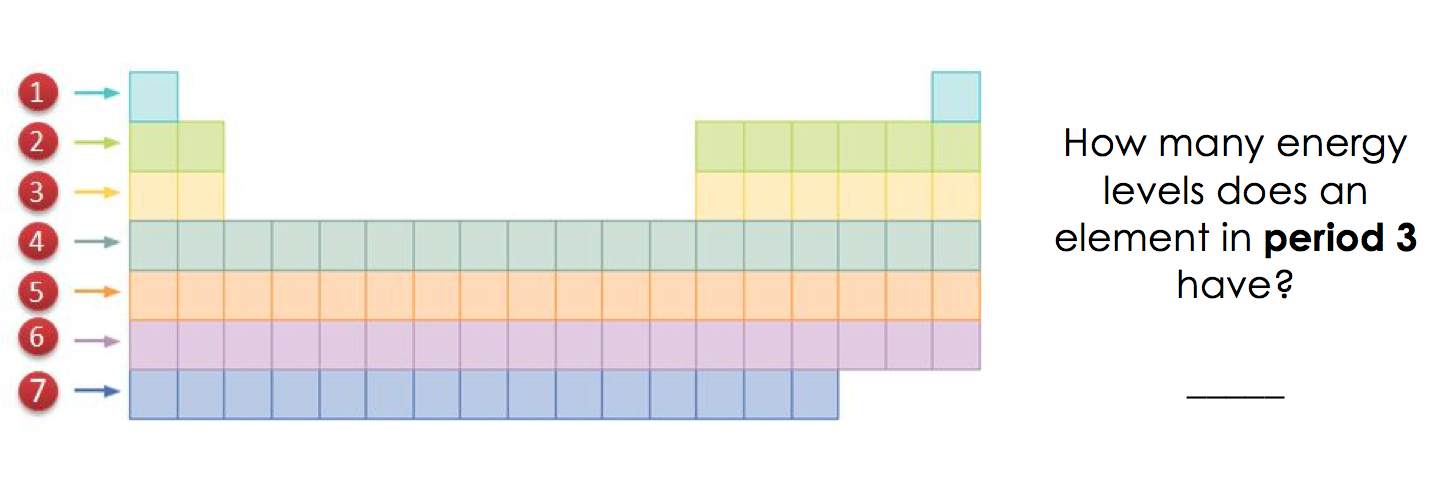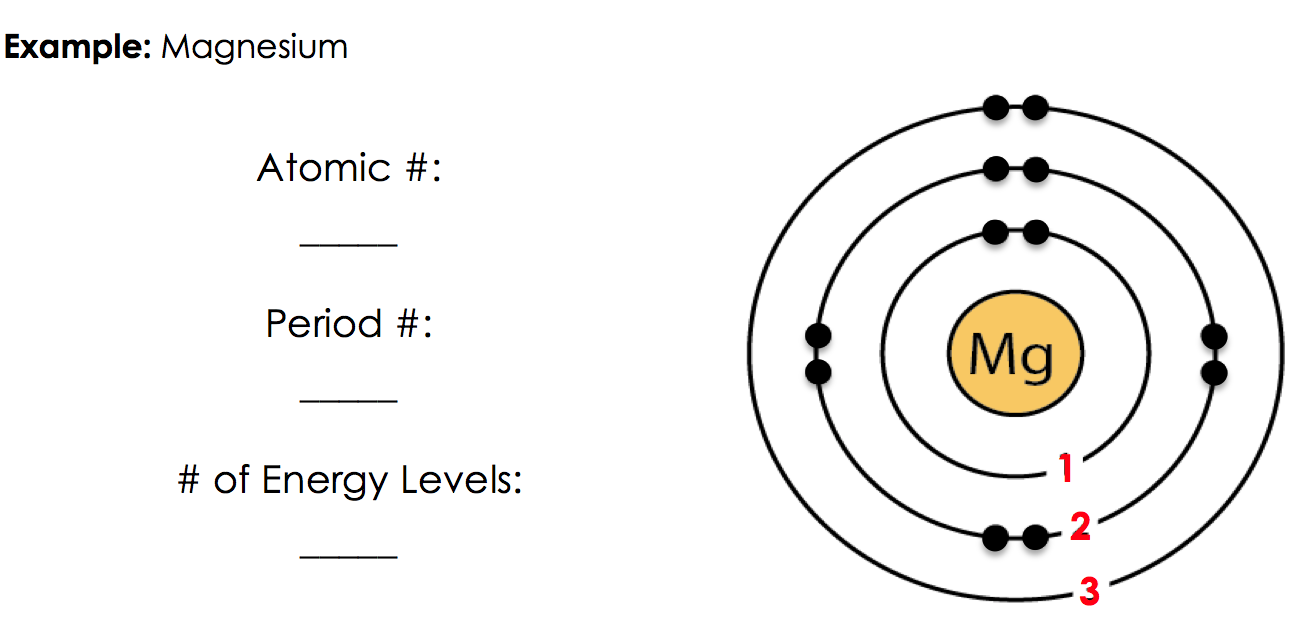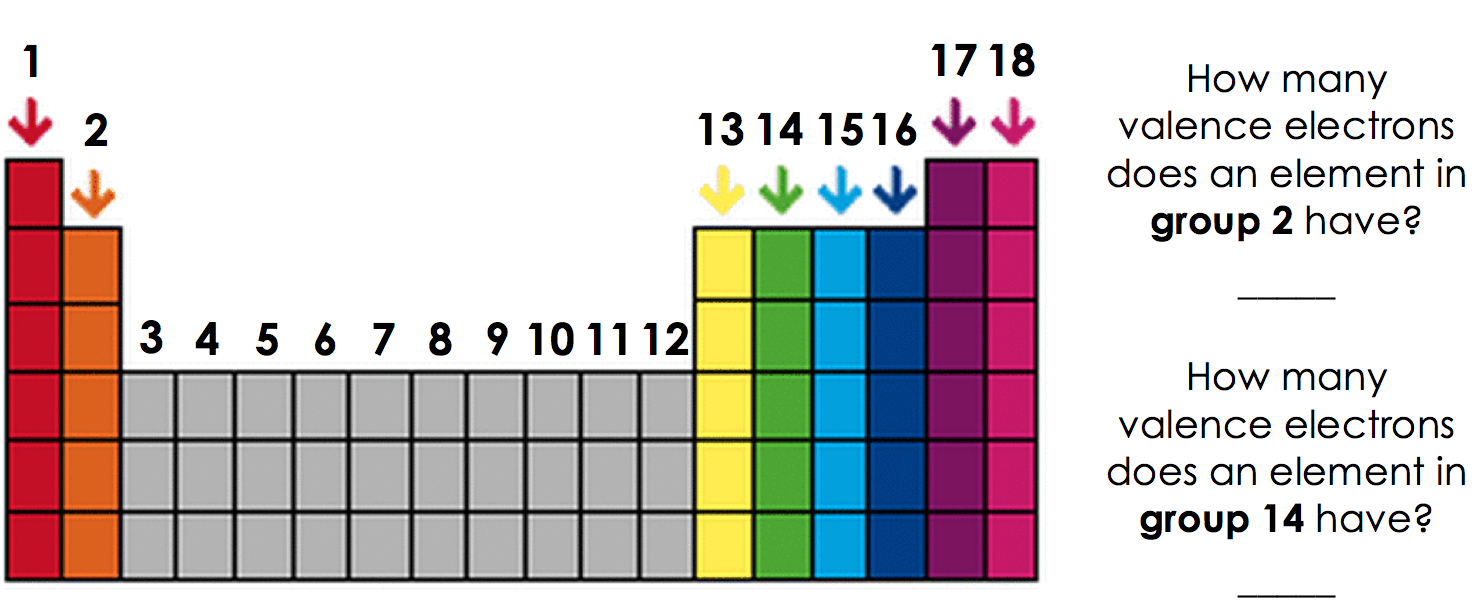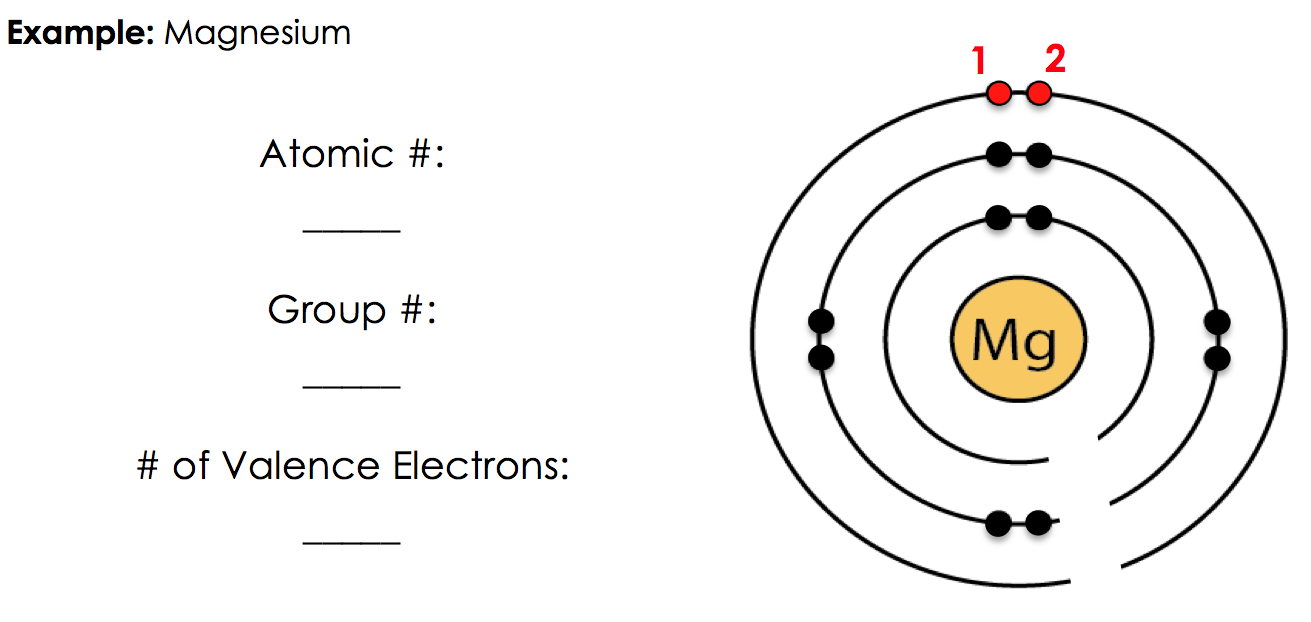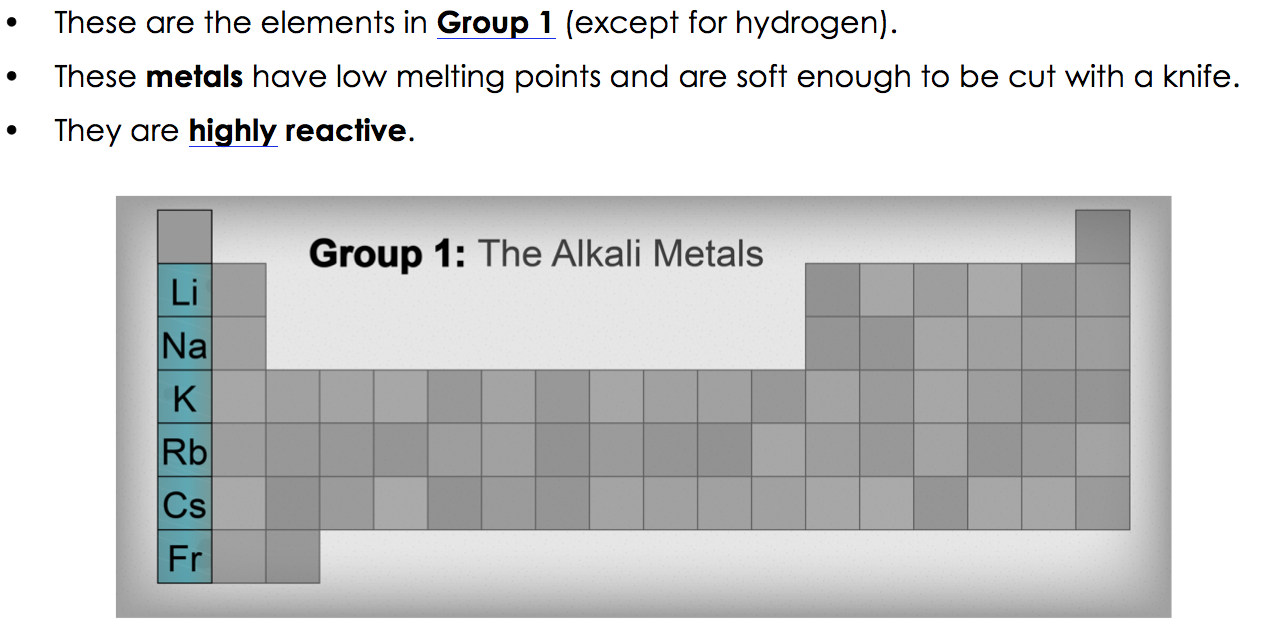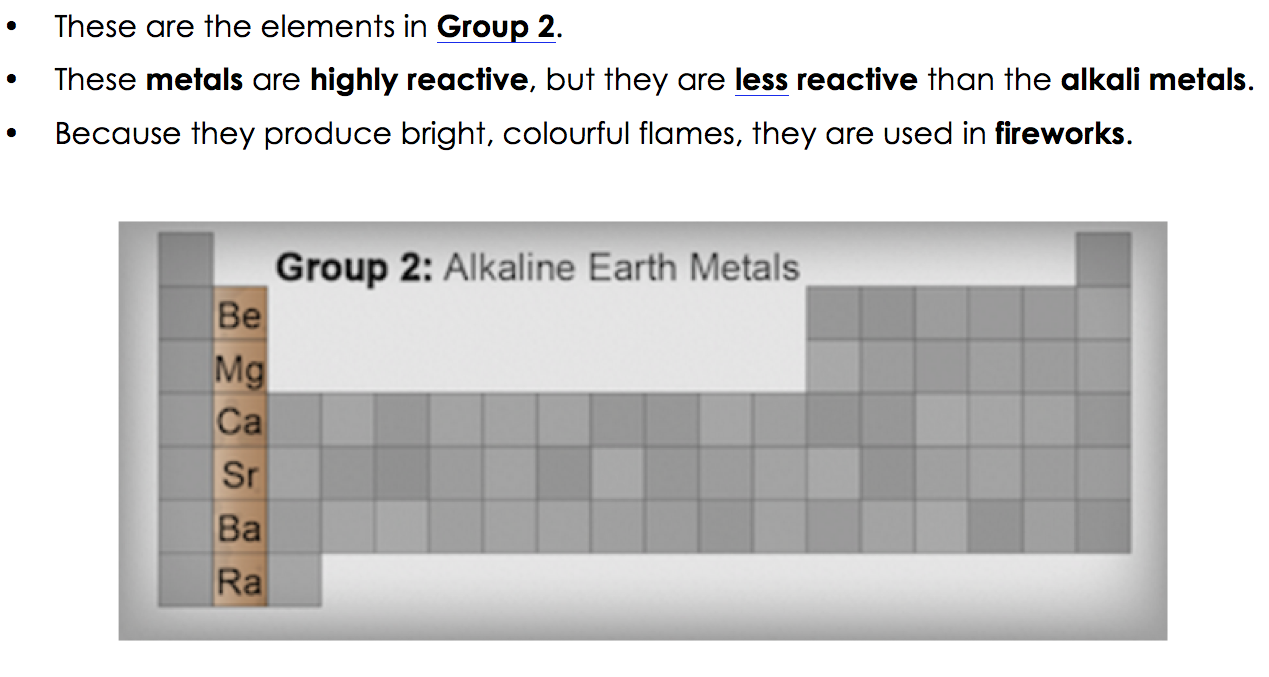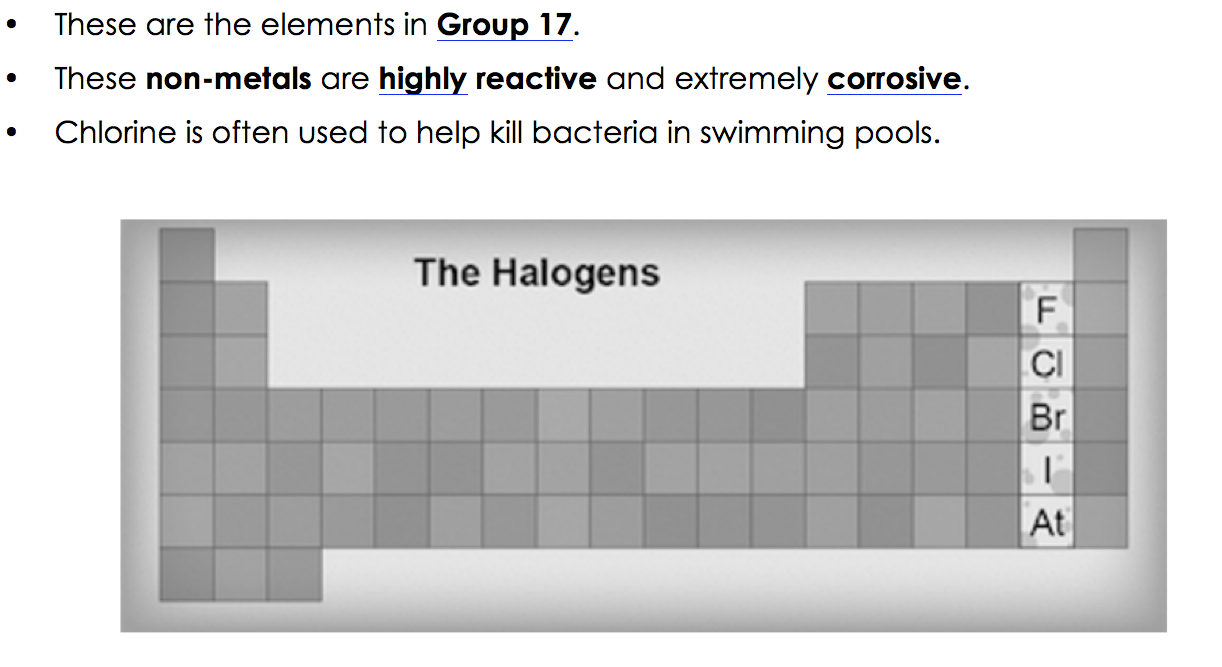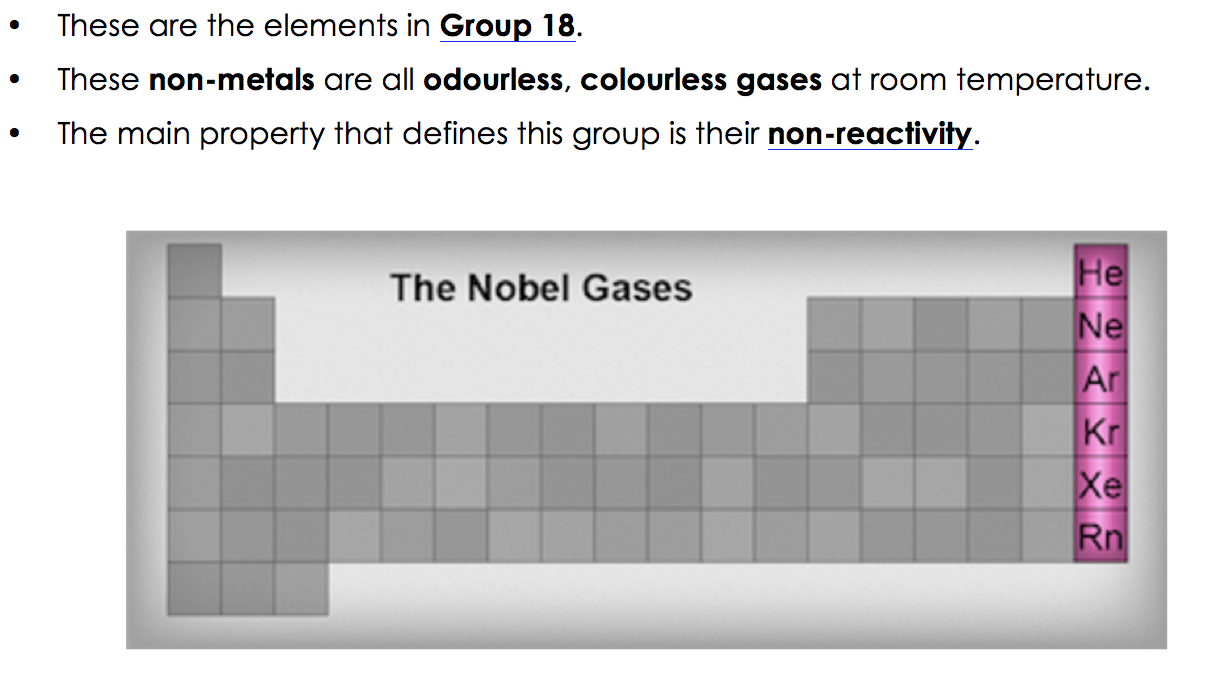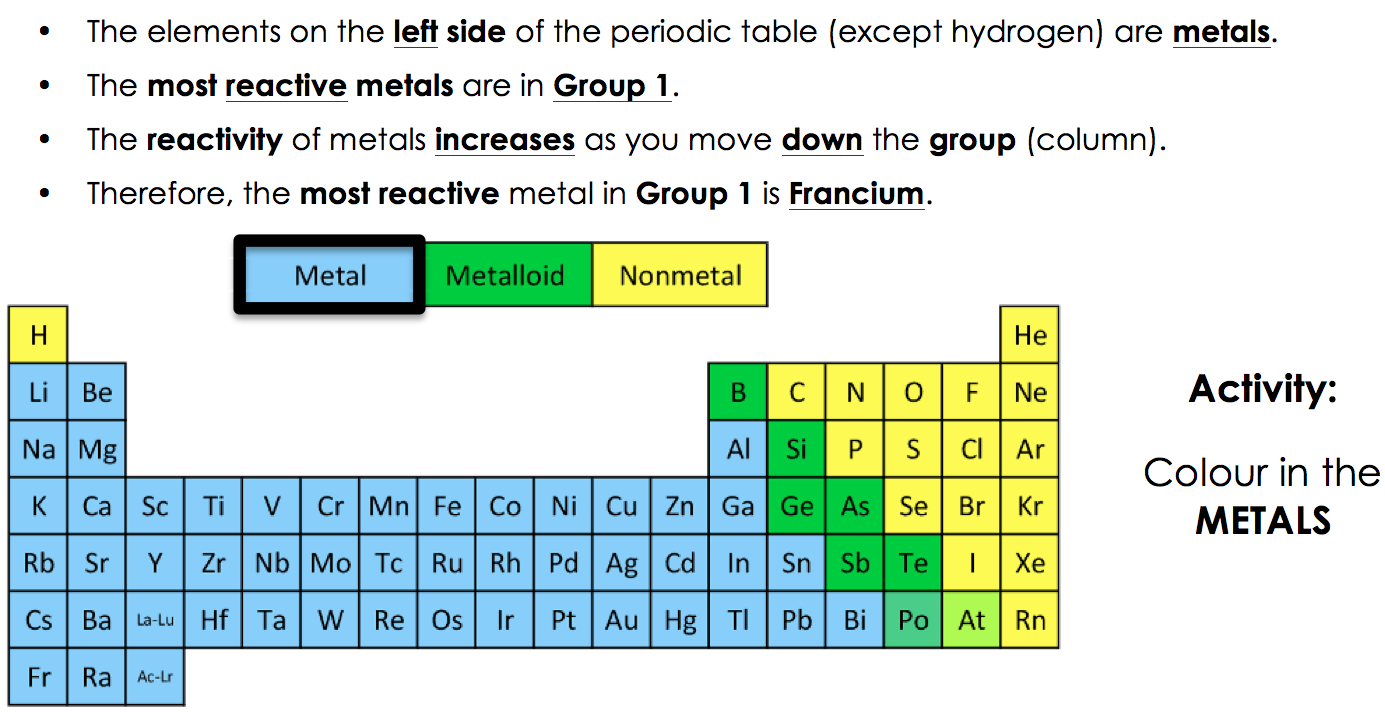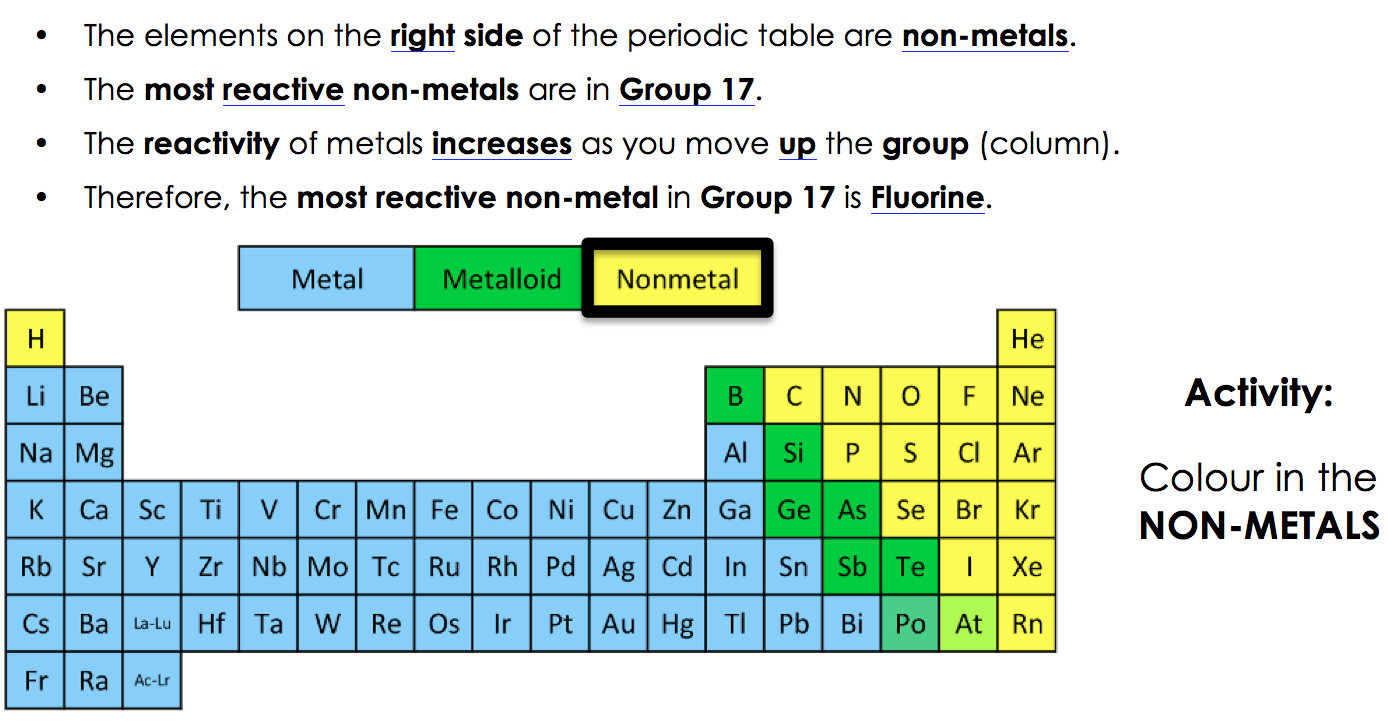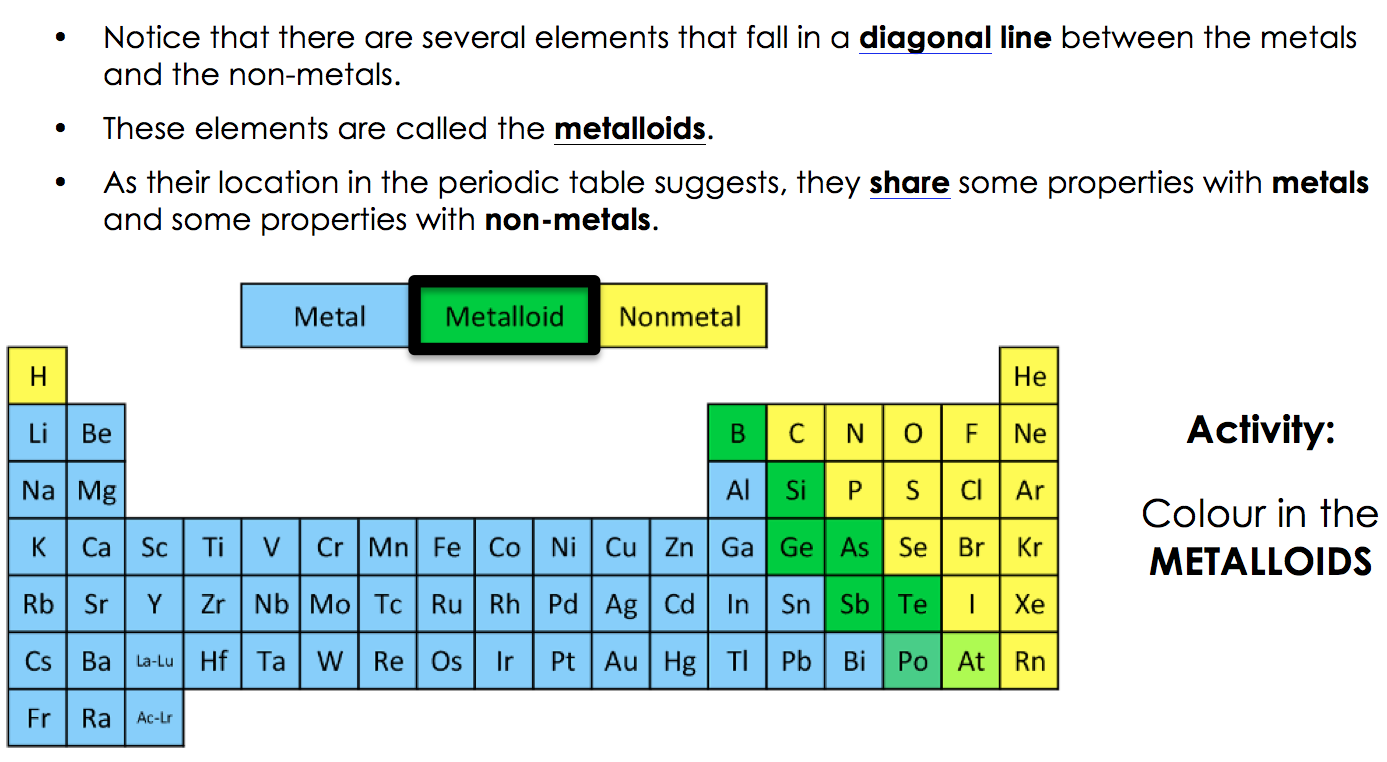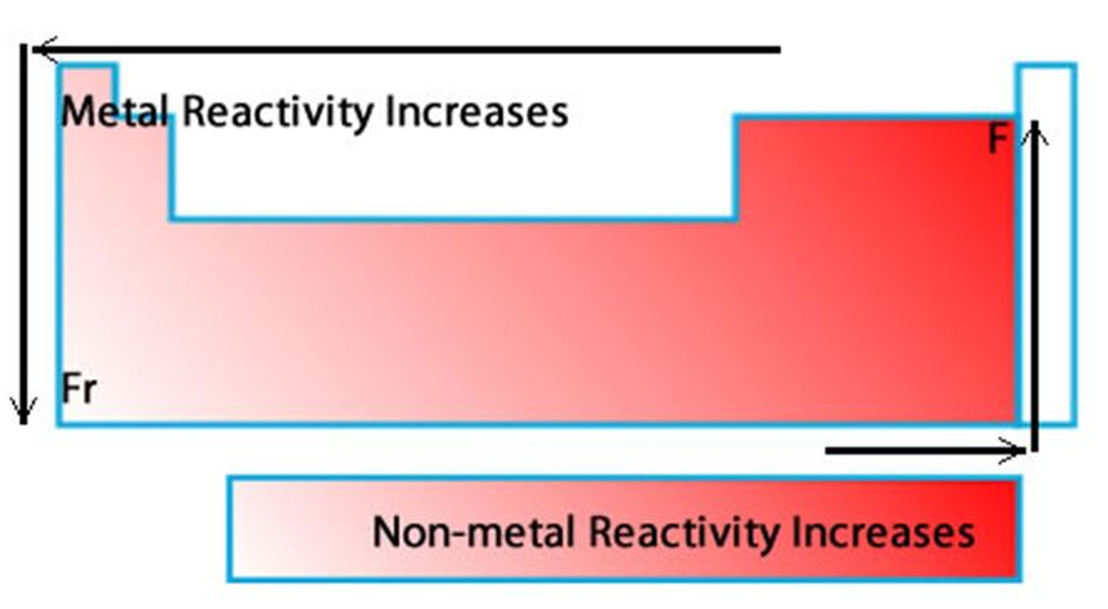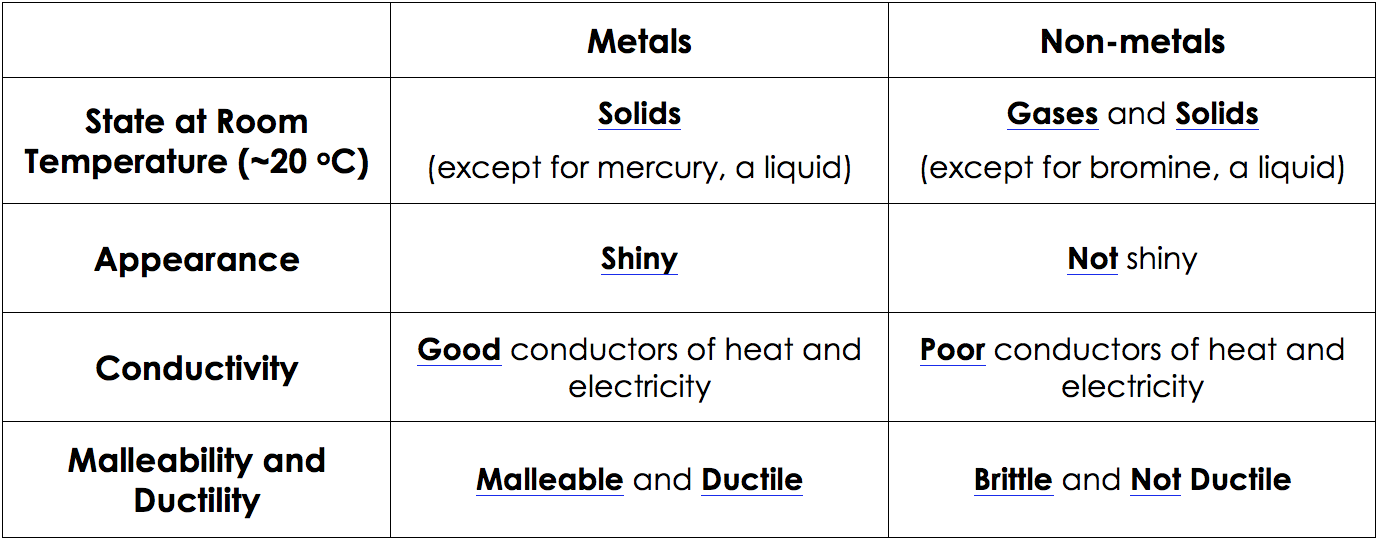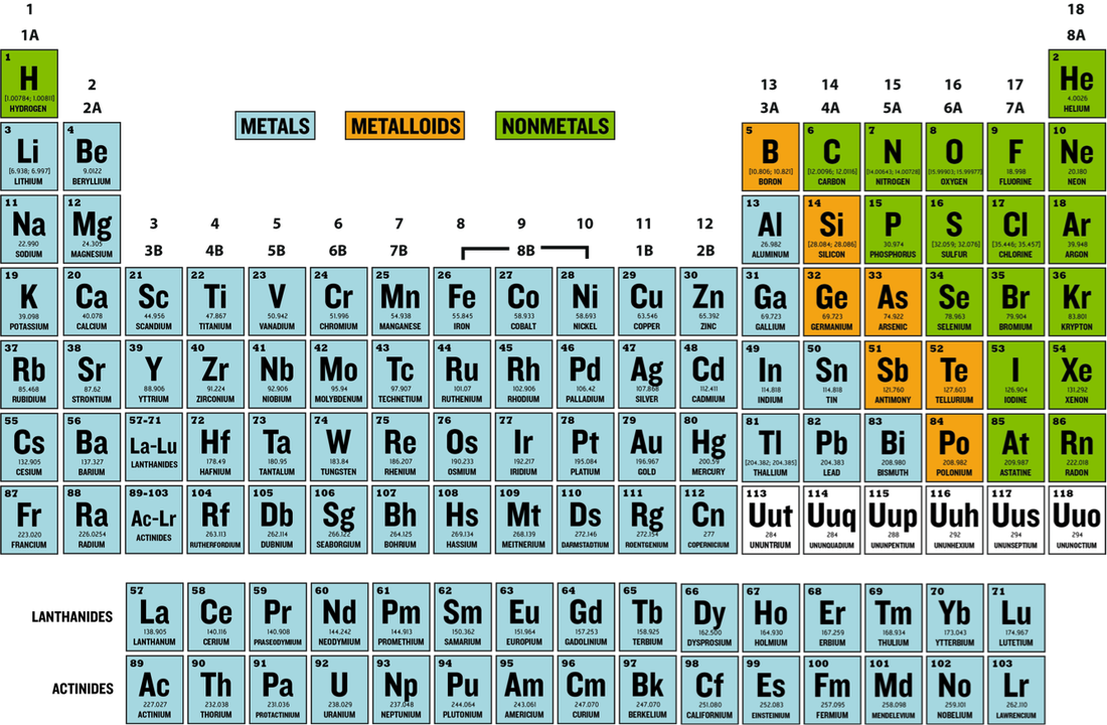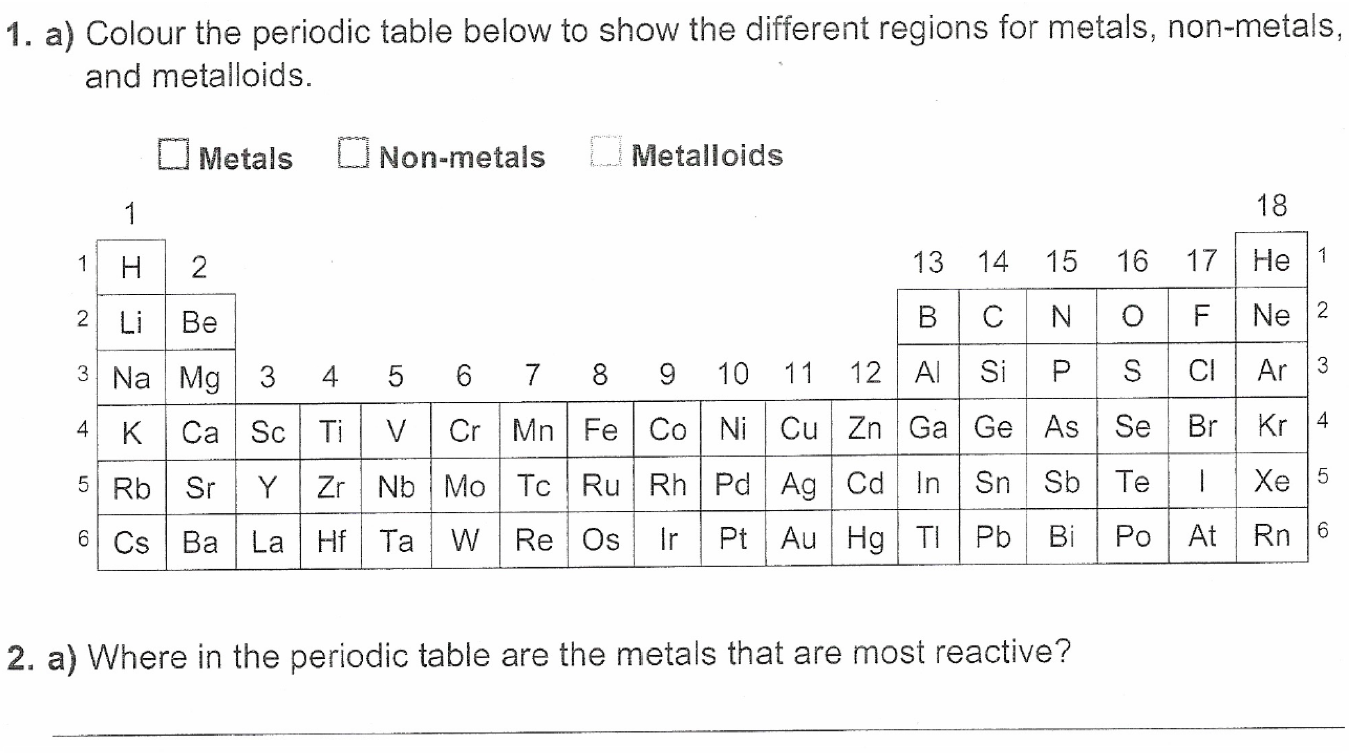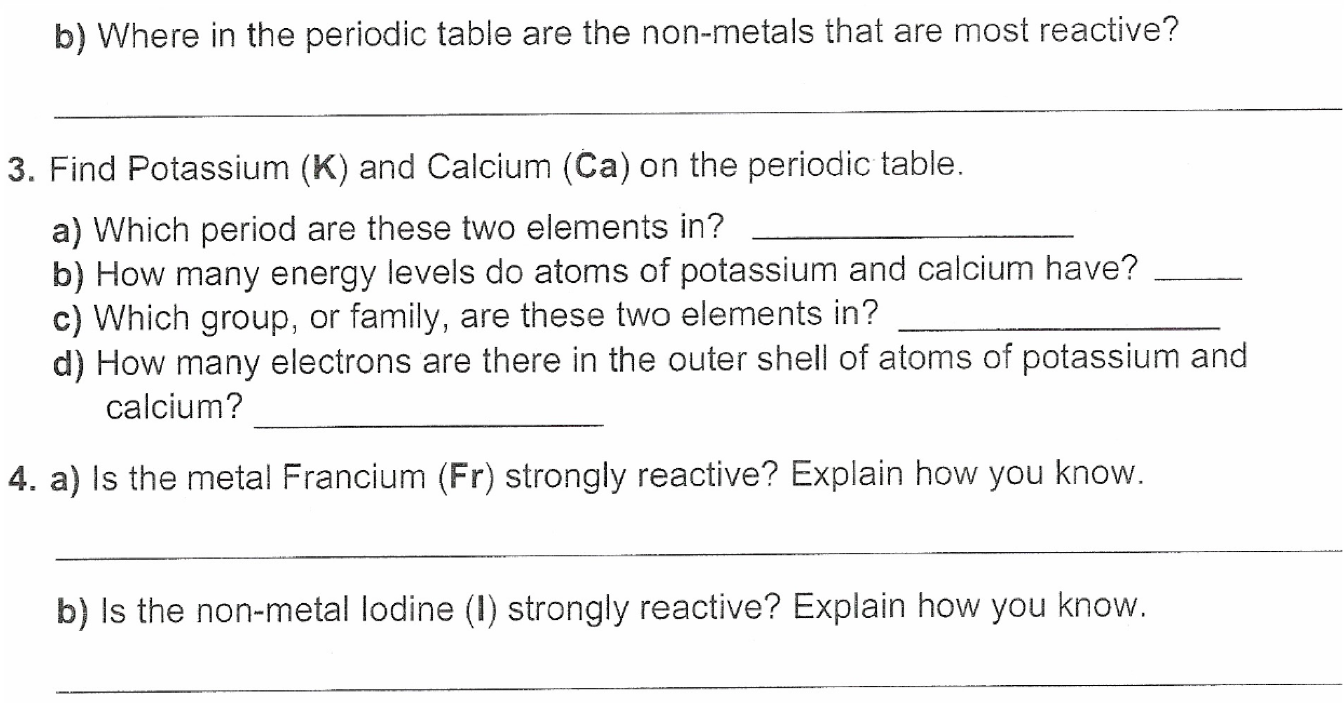Lesson 5:
The periodic Table
Learning Goals:
1. To understand how and why Mendeleev organized the Periodic Table.
2. To learn the difference between Periods and Groups in the Periodic Table.
3. To learn the Four Famous Groups of Elements.
4. To learn the difference between Metals, Non-metals, & Metalloids.
5. To differentiate between the properties of Metals and Non-metals.
2. To learn the difference between Periods and Groups in the Periodic Table.
3. To learn the Four Famous Groups of Elements.
4. To learn the difference between Metals, Non-metals, & Metalloids.
5. To differentiate between the properties of Metals and Non-metals.
Chemistry IS cool: PART 5 OF ∞
Mendeleev's arrangement of Elements:
The Modern Periodic table:
Periods and groups in the periodic table:
Periods:
groups:
The four Famous groups:
1. Alkali Metals:
2. Alkaline Earth Metals:
3. Halogens:
4. Noble Gases:
The World's Lightest Solid!!!
3 Classes of Elements:
Metals, Non-Metals, & Metalloids
1. METALS:
2. NONMETALS:
3. METALLOIDS:
Reactivity for Metals & NONMETALS:
METALS vs. NONMETALS
Quick Review:
Chemistry Challenge:
Metal, nonmetal, or Metalloid?
Practice Worksheet:
Quizlet: Lesson 5
Learn all about The Periodic Table on Quizlet!
HOMEWORK:



